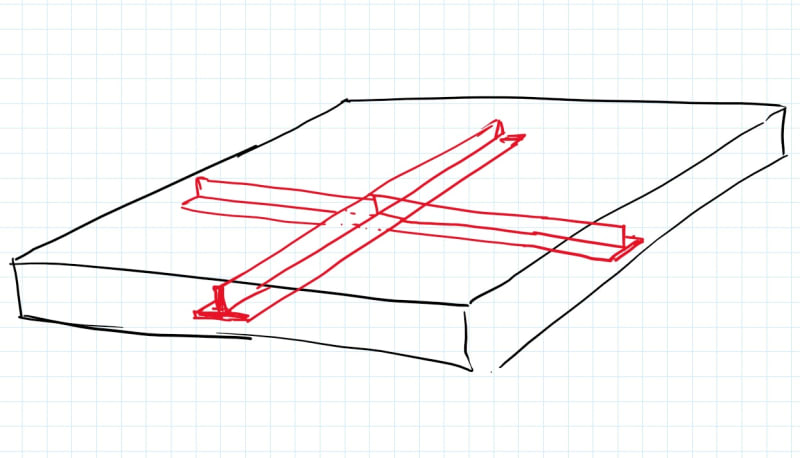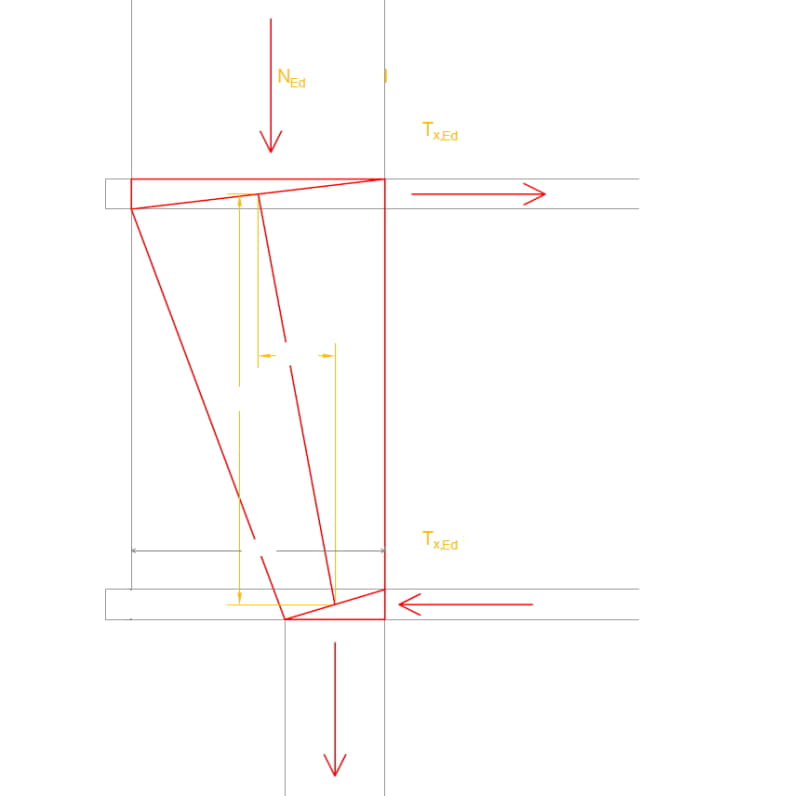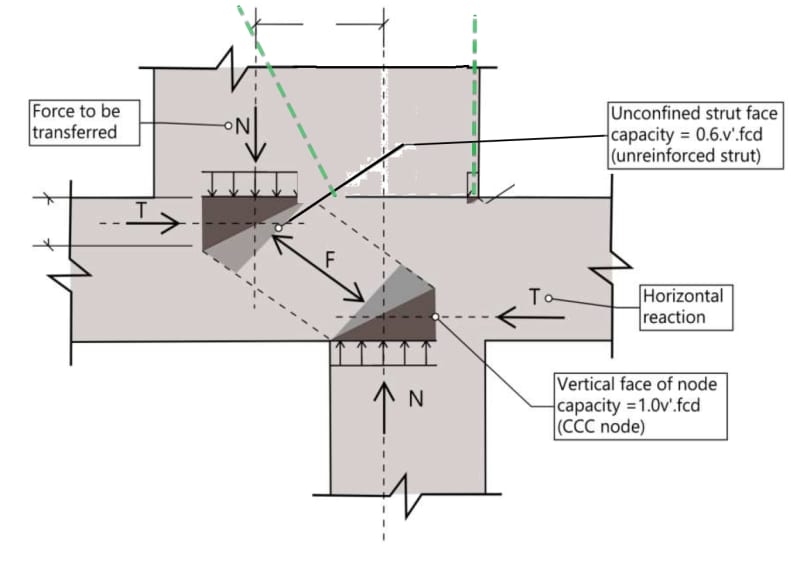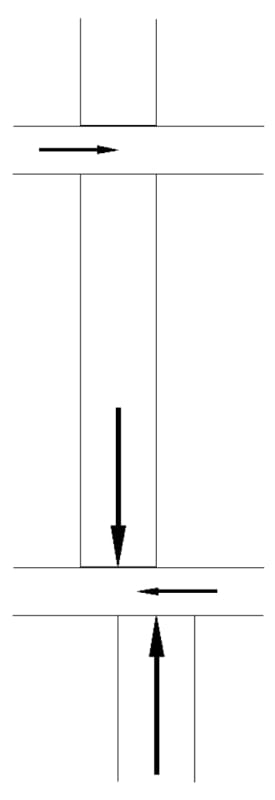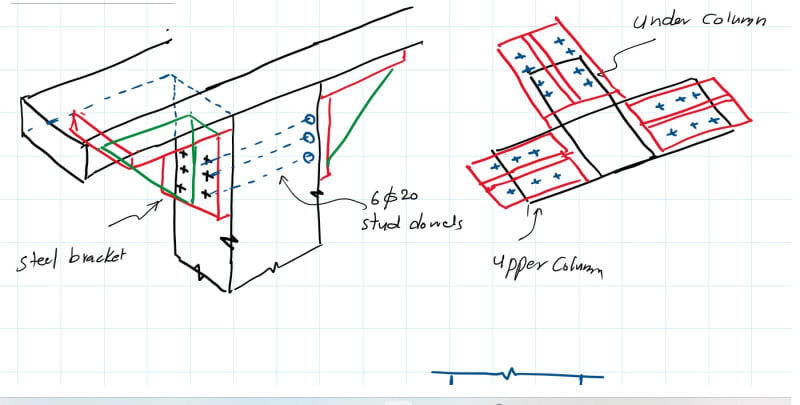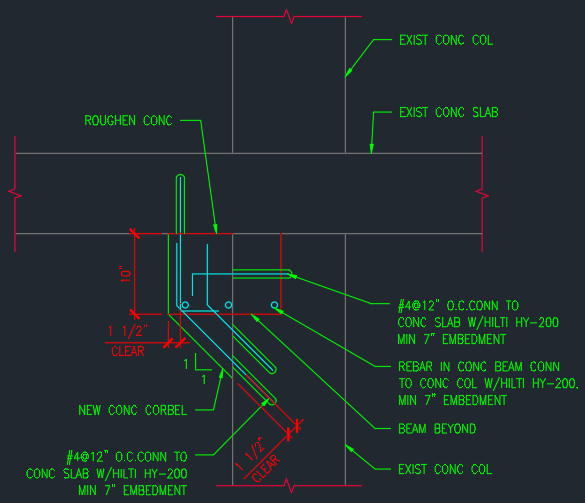milkshakelake
Structural
I'm not talking about walking columns. I mean columns placed on top of each other with an offset. Are these okay? What things do I need to be concerned about?
My punching shear senses are tingling. I'm immediately thinking of punching shear issues for overhanging portions of columns sitting on slabs. But then again, can I visualize a diagonal strut connecting the lower and upper column going through the area where they align? This would actually make the punching shear perimeter larger, for which I'm having trouble wrapping my head around how to calculate it.
I'm realizing that my knowledge of punching shear is extremely lacking. I'm using the textbook from Wight and MacGregor, which doesn't cover weird cases at all. Does anyone have a reference for getting into it in more depth for things like the situations below?
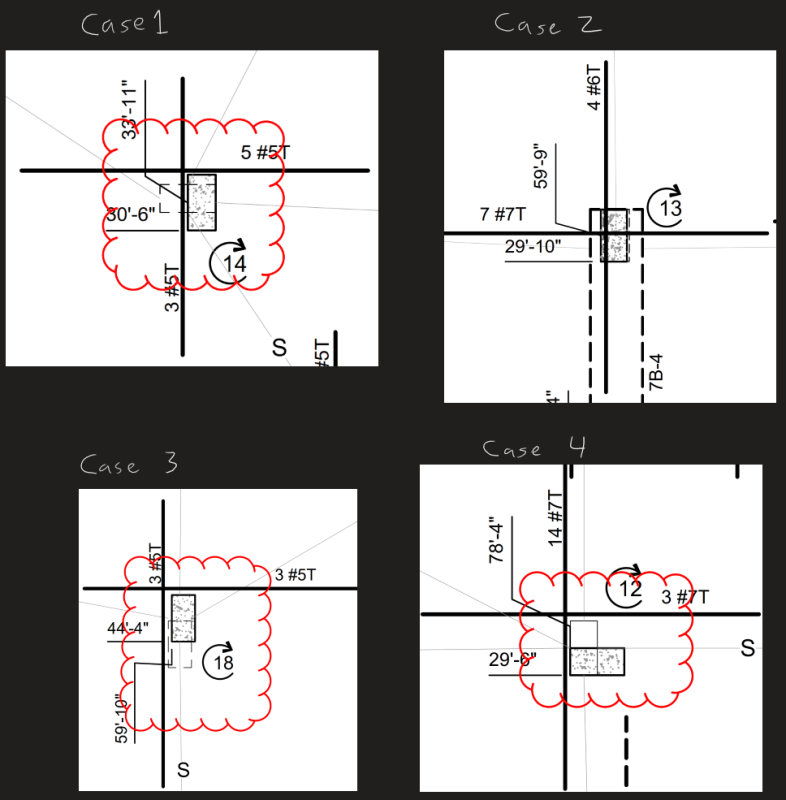
I'm looking at these older threads, still not sure what to do about punching shear or if it's even a concern:
My punching shear senses are tingling. I'm immediately thinking of punching shear issues for overhanging portions of columns sitting on slabs. But then again, can I visualize a diagonal strut connecting the lower and upper column going through the area where they align? This would actually make the punching shear perimeter larger, for which I'm having trouble wrapping my head around how to calculate it.
I'm realizing that my knowledge of punching shear is extremely lacking. I'm using the textbook from Wight and MacGregor, which doesn't cover weird cases at all. Does anyone have a reference for getting into it in more depth for things like the situations below?

I'm looking at these older threads, still not sure what to do about punching shear or if it's even a concern:


